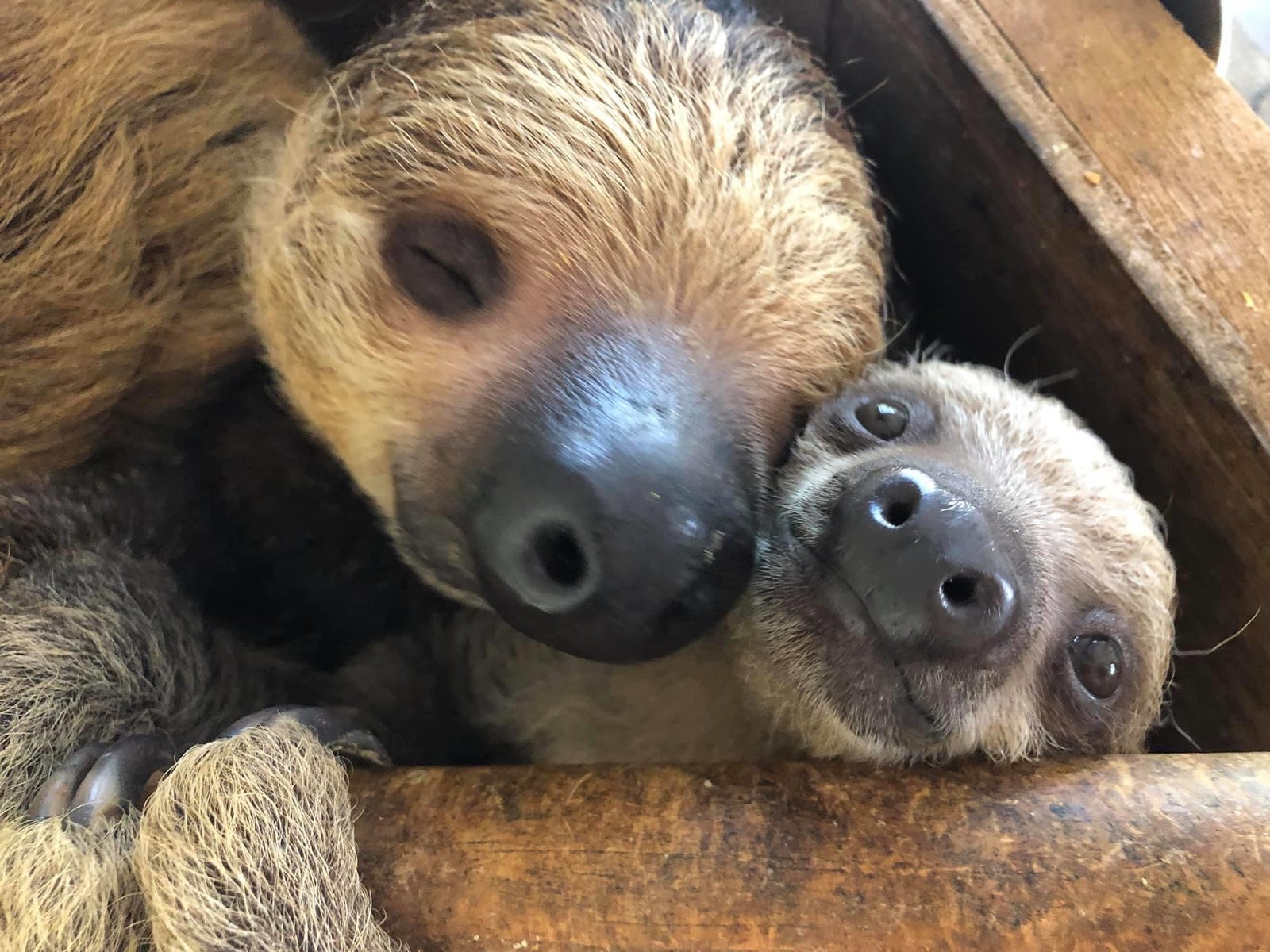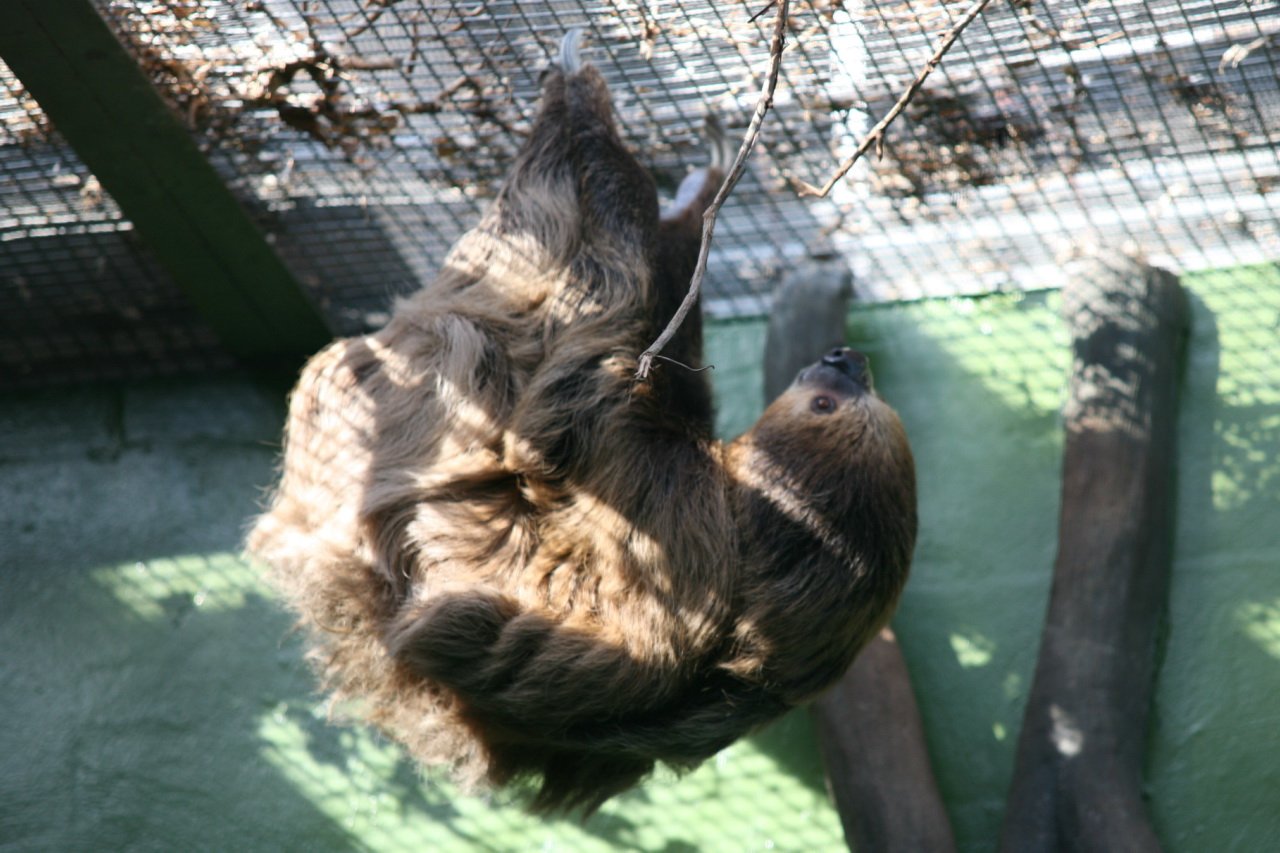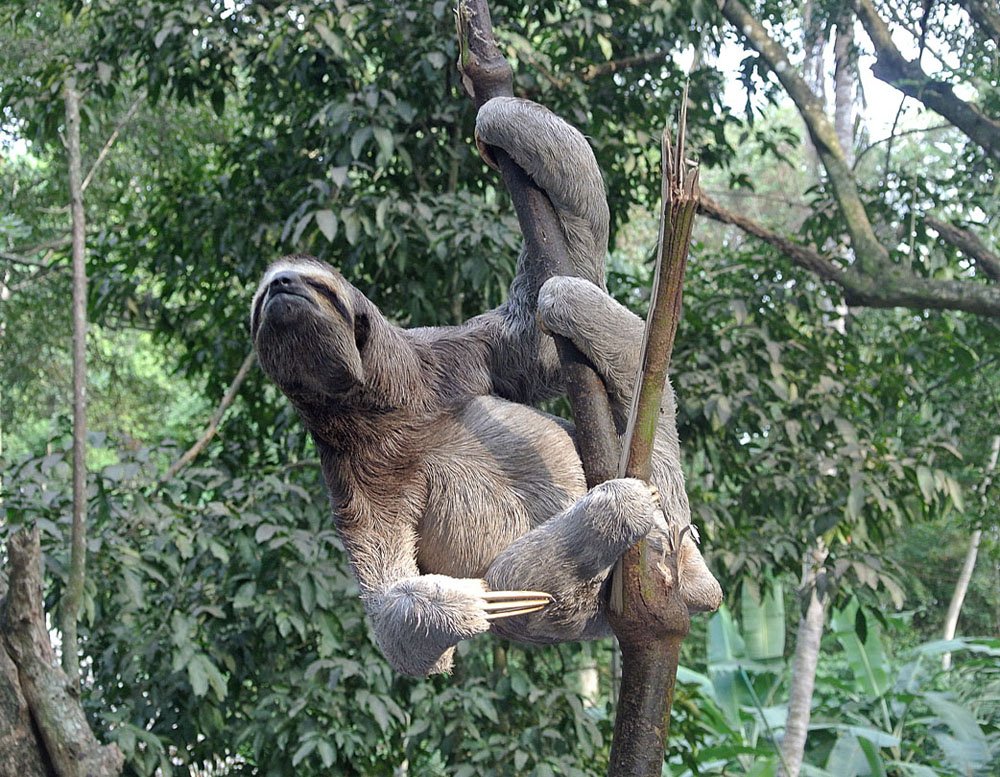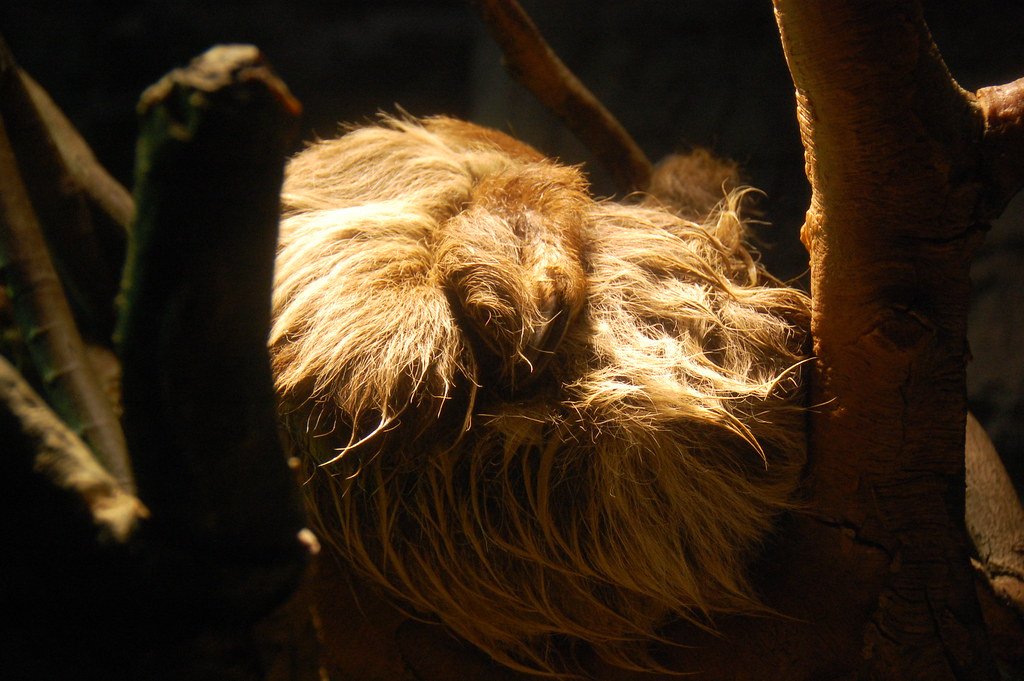When you picture a sloth, what’s the first thing that comes to mind? Maybe it’s a sleepy face peeking through a mess of tangled fur, or a dangling limb moving so lazily it looks like it’s stuck in slow-motion. For decades, the world has pegged sloths as nature’s champions of napping, the ultimate snooze artists. But here’s a twist: sloths aren’t really the sleep-obsessed animals we thought they were. Instead, they’re simply slow—and there’s a fascinating science behind their languid lifestyle. Get ready to see these gentle creatures in a whole new light.
The Myth of the Sleepy Sloth
The idea that sloths spend nearly their entire lives asleep is so widespread, it’s almost become a fact in pop culture. Cartoons, memes, and even documentaries have played up the notion that sloths are the laziest animals on the planet. But that myth has been shattered by scientific research in the last decade. When researchers started tracking wild sloths with special “activity loggers,” they were surprised to find that sloths don’t actually sleep all day. Instead, they usually clock around 9 to 10 hours of sleep in a 24-hour period—less than many humans on a lazy weekend.
What Makes Sloths Move So Slowly?
Sloths’ famously sluggish movements aren’t about sleepiness—they’re a brilliant evolutionary adaptation. Their slow motion is linked to their ultra-slow metabolism, which is one of the slowest among mammals. Sloths eat mainly leaves, which are low in calories and nutrients. To make this diet work, their bodies have adjusted by moving at a snail’s pace, conserving precious energy at every turn. Imagine trying to run a marathon after eating only a salad; you’d probably take it slow too.
The Science of Sloth Metabolism
Unlike most animals, sloths digest their food astonishingly slowly. It can take up to a month for a sloth to process a single meal. This slow digestion means that sloths don’t get a burst of energy after eating, but a slow, steady trickle. Their low body temperature further reduces their metabolic rate, making every movement an energy-saving calculation. Scientists have compared their digestive system to a compost heap—always working, but never in a rush.
How Much Do Sloths Actually Sleep?

It turns out, sloths aren’t the sleep champions we thought. In the wild, sloths average about 9 to 10 hours of sleep each day. This is less than domestic cats, dogs, and even some humans. Interestingly, sloths in captivity have been recorded sleeping for longer periods, but those conditions don’t reflect the challenges and dangers of living in the rainforest. In nature, sloths spend a lot of time awake, slowly navigating the treetops and staying alert for predators.
Adaptations for a Lazy Lifestyle

Their slow life isn’t just about saving energy; it’s also about survival. Sloths’ green-tinged fur, thanks to algae that grow on them, offers perfect camouflage in the leafy canopies. By moving slowly and quietly, sloths avoid catching the attention of predators like jaguars and harpy eagles. Their long, curved claws act like hooks, helping them hang effortlessly from branches—sometimes upside down for hours without breaking a sweat.
The Secret Life of the Three-Toed Sloth

Three-toed sloths are the poster children for slow living. Their faces seem to wear a permanent smile, and their movements are so gentle, they barely disturb the leaves around them. These sloths are almost completely arboreal, rarely coming down from the trees except for bathroom breaks. Even then, their descent is a cautious, calculated process, as if every step is a matter of life and death—which, in the jungle, it often is.
Sloths and Their Unusual Sleep Patterns

Sloths don’t follow a strict day-night schedule. They sleep in short, scattered bursts throughout the day and night, a pattern known as polyphasic sleep. This unpredictable rhythm helps them stay hidden from predators, blending into the natural stop-and-go tempo of the rainforest. Sometimes, a sloth will nap after a meal or during a rainstorm, but there is no set bedtime in the treetops.
Why Do We Think They Sleep All Day?

Early researchers studied sloths in zoos and wildlife sanctuaries, where the animals often slept more due to boredom or lack of stimulation. These observations fueled the myth that sloths are sleep addicts. But in the wild, sloths have to stay alert to survive, which keeps their actual sleep time in check. It’s a classic case of misunderstanding an animal by taking it out of its natural context.
Surviving on Leaves: The Diet Dilemma
The sloth’s leafy diet is both a blessing and a curse. Leaves are easy to find and don’t require chasing or hunting, but they’re hard to digest and provide little energy. To cope, sloths have evolved a specialized, multi-chambered stomach filled with bacteria that help break down tough plant fibers. This slow-motion digestion is at the heart of their slow lifestyle and explains why they need to conserve energy at every turn.
Camouflage: The Art of Disappearing Slowly
If sloths moved quickly, they’d be much easier for predators to spot. Their slow, deliberate movements make them almost invisible in the dense foliage. The greenish algae that grow on their fur add another layer of disguise, helping them blend in with mossy branches. Sometimes, moths live in their fur, adding to the illusion of a moving patch of forest rather than a tasty meal.
The Role of Sloths in the Rainforest
Despite their laid-back style, sloths play a crucial role in their ecosystem. They’re like mobile gardens, carrying algae, fungi, and insects in their fur. When sloths descend to the ground to defecate—a rare and risky event—they fertilize the forest floor, supporting new plant growth. This slow dance of life helps keep the rainforest thriving and diverse.
Predators and Perils: Why Sloths Must Stay Alert
The rainforest is a dangerous place for a slow animal. Harpy eagles, jaguars, and snakes all see sloths as an easy meal. To avoid becoming lunch, sloths rely on their stealth and camouflage. Their slow pace means they don’t rustle leaves or make sudden movements that would give them away. It’s a risky game of hide-and-seek, and only the most careful sloths survive.
How Sloths Handle Stress and Danger
When threatened, a sloth’s best defense is to freeze, blending into the background. Unlike many animals that run or fight, sloths depend on invisibility. If grabbed by a predator, they can use their sharp claws to defend themselves, but this is a last resort. Their calm, almost zen-like demeanor is a strategy for staying under the radar rather than a sign of laziness.
Comparing Sloths to Other “Slow” Animals
Sloths aren’t alone in their slow ways—think of turtles, koalas, or even pandas. But unlike these animals, sloths have taken slowness to an art form. Their entire biology, from muscle structure to metabolism, is geared toward moving as little and as slowly as possible. It’s a unique approach to survival that sets them apart from every other mammal in the jungle.
Sloth Babies: Growing Up Slow
Even baby sloths are in no hurry. Born high in the trees, they cling to their mothers for months, learning the slow-motion lifestyle from day one. These little ones have to master the art of hanging on—literally—for dear life. Their first lessons aren’t about speed, but about patience, balance, and blending in.
How Climate Change Threatens Sloths
As the climate gets hotter and rainforests shrink, sloths face new challenges. Their slow metabolism makes them vulnerable to heat waves, and deforestation reduces the safe canopy highways they rely on. Conservationists are racing against time to protect sloth habitats, knowing that these gentle creatures can’t simply speed up to adapt to rapid environmental changes.
Sloths in Popular Culture
From children’s books to viral videos, sloths have captured hearts around the world. They’ve become unlikely symbols of relaxation and “living in the moment.” But the real sloth is more than a meme. Their slow-motion existence is a story of survival, adaptation, and the quiet power of patience in a world that prizes speed.
Research Surprises: What We’re Still Learning
Scientists are continually surprised by sloths. Recent studies using tracking collars and night-vision cameras have revealed new details about their daily routines, social behaviors, and even vocalizations. There’s still so much to discover about how these mysterious creatures navigate the treetops and interact with their environment.
What Sloths Teach Us About Life
If there’s one thing sloths show us, it’s that speed isn’t everything. Their slow and steady approach to life is a reminder that sometimes, taking things slow is the smartest strategy. In a world obsessed with hustle and hurry, sloths invite us to consider the value of patience, conservation, and living within our means.
Sloths have captivated scientists and animal lovers alike, not because they’re lazy, but because they’ve perfected the art of being slow. Their story isn’t about sleep, but about adapting to a challenging world in the most unexpected way. Next time you see a sloth, remember: they aren’t snoozing their days away—they’re surviving, thriving, and quietly teaching us all a lesson about the beauty of taking it slow.




